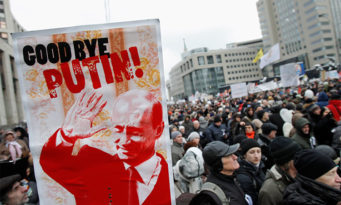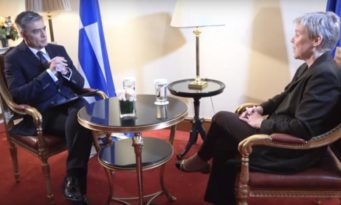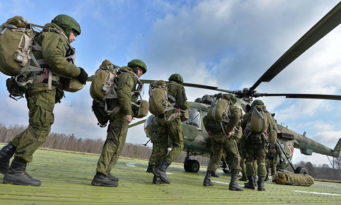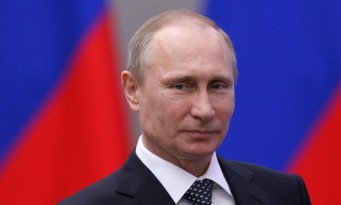NATO’s hybrid challenge – An interview with Matthew Kroenig
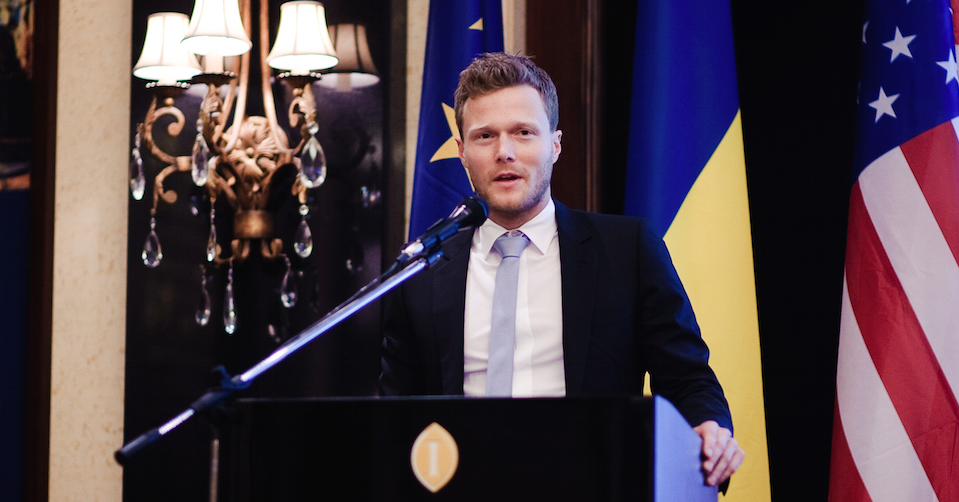
- By defencematters
As Russia is challenging the European security order by using a variety of low-intensity conventional and unconventional means, Matthew Kroenig answers a variety of questions concerning hybrid warfare.
by Octavian Manea
A re-assertive Russia is challenging the European security order by using a variety of low-intensity conventional and unconventional means. It is in this context, that the advanced forward presence on the Eastern Flank becomes necessary in order for the Alliance to be able to deter and defeat local hybrid aggression. At the same time, local forces should be trained for guerrilla warfare to buy time for allied reinforcements and, if necessary, to wage insurgency against Russian forces.
Matthew Kroenig talks to us about NATO's hybrid challenge
What are the features of the hybrid challenge that NATO is currently facing?
For over a decade, Western defence strategists have argued that potential adversaries would seek to offset U.S. and NATO’s conventional military dominance by preparing asymmetric challenges at both the low and high-ends of the conflict spectrum. That is exactly what Russia is doing, challenging the status quo with a variety of low-intensity conventional and unconventional means and then deterring outside intervention to halt or reverse those gains with early threats of nuclear escalation.
What can NATO do in order to make its posture more effective to deter the hybrid challenge? Does this require a permanent presence/forward presence on the exposed flank, something that today seems to be out of the question?
Russia’s strategy is exploiting the seams in NATO’s relaxed, post-Cold War defence posture and the key to NATO’s response must be to close the gaps. In practice, this means that NATO must be able to deter and defeat local hybrid aggression against NATO members with a persistent, if not permanent, forward presence. NATO must also be able to deter, and if necessary defeat, any Russian attempts to escalate its way out of a conflict through the early use of nuclear weapons.
How appropriate is NATO’s defence in depth posture in a time when Russia is fielding its own A2/AD network? It is a system that is based on trading space over time, one that at least to me is increasing the likelihood of a “Hamburg grab” especially in the Baltics, designed to test the will of the Alliance.
The risks of a defence in depth posture are growing in the face of Russian aggression and its improving A2/AD capabilities. NATO should, therefore, move to a more ‘preclusive’ defence strategy. Such a move would be consistent with past NATO policy, last articulated in the 1999 Strategic Concept, that stated that ‘the combined military forces of the Alliance must be capable of deterring any potential aggression against it [and] of stopping an aggressor’s advance as far forward as possible should an attack nevertheless occur.’
If Russia is actively using insurrection under informatized conditions, does this mean that the exposed NATO (frontline states) states should invest in partisan/irregular formations as a deterrence by denial component in order to raise the cost of potential aggression?
Although outside of NATOs normal lane, vulnerable member states should be encouraged to pursue a political agenda to incorporate ethnic minorities into a shared national-identity conception. In case all else fails, Eastern European allies must also make themselves indigestible to a Russian occupation. Local forces should train for guerrilla warfare to buy time for allied reinforcements and, if necessary, to wage insurgency against Russian forces.
Is NATO’s “deterrence capital” weakened?
The United States has always been the leader of the NATO alliance and the credibility of America’s commitments have undergirded international peace and security for decades. But a lack of American leadership in recent years has led to a growing sense that Washington might not be willing to live up to its promises and it is encouraging challenges from America’s traditional adversaries. Unless strong steps are taken to reverse these perceptions, threats to the global order will only increase.
NATO is still a nuclear alliance. In a time when Russia could escalate the nuclear brinkmanship on the frontline states, what role should NATO’s tactical nukes play in the Alliance's overall posture? Should this arsenal be upgraded? Do we need a new generation of sub-strategic nukes? Should NATO think beyond sub-strategic nukes?
Russia has moved nuclear weapons to the center of its defence strategy and plans to conduct “de-escalatory” nuclear strikes early in a crisis in order compel an end to conflict on terms favorable to Moscow. NATO must have a credible nuclear response to a limited Russian nuclear strike and it is not at all clear that it does at present. It must, therefore, consider new sub-strategic nuclear options in order to deter Russian nuclear aggression.
Matthew Kroenig is an Associate Professor and International Relations Field Chair in the Department of Government and School of Foreign Service at Georgetown University and a Senior Fellow in the Brent Scowcroft Center on International Security at The Atlantic Council. He is an expert on U.S. national security policy and strategy, international relations theory, nuclear deterrence, arms control, nuclear nonproliferation, NATO, Russia, Iran, and counterterrorism.







